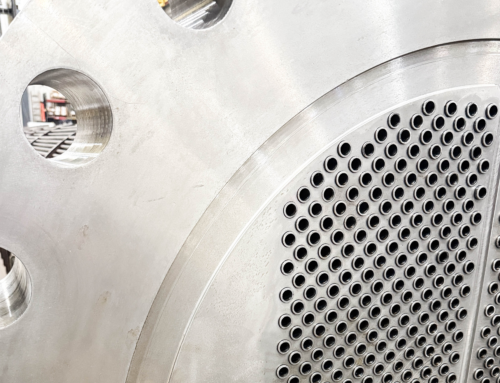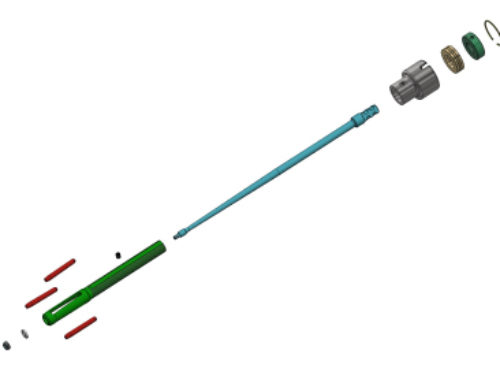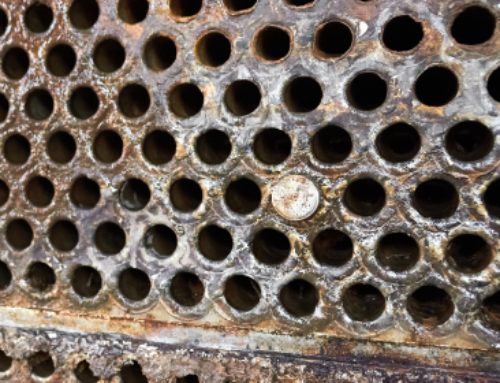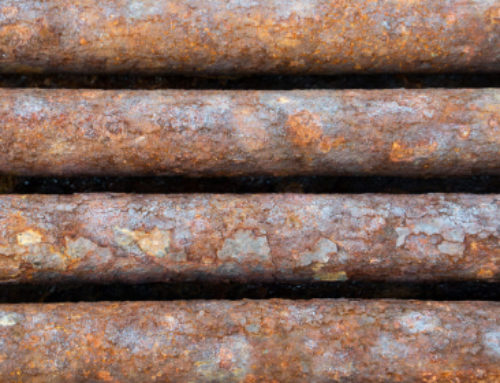Choosing The Right Tube Puller
When it comes to removing tubes, there are many different options to choose from. Hydraulic or automated pulling options can be a great way to speed up the job, reduce tube sheet damage, and improve operator ergonomics. However, before selecting a pulling package, it’s important to consider the vessel type, tube condition, and space constraints.
Methods Of Removal
With a variety of tube removal products on the market, each is designed to support a specific style of removal. These include collet or spear pulling, knockout tools, torching, and induction heating. The method used is usually determined based on the application, as well as the process for removal. For example, the method used to remove tube stubs may be different than removing entire tubes.
Collet & Spear Pulling
Tube pullers can be used to remove both tube stubs and tubes, depending on the style of puller. Both methods utilize a hydraulic ram and some type of pulling device. A collet style puller uses a hydraulic cylinder, drawbar, and collet to remove tube stubs from the tube sheet. As the draw bar pulls through the collet ID, the jaws open and bite into the ID of the tube, allowing for easy extraction. This is generally a one step process, making it a faster method for removal.

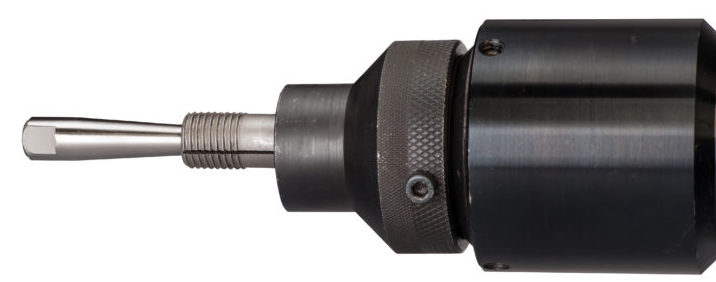
Similarly, spear pulling requires a spear to be set into the tube using an impact drill. This causes the teeth of the spear to lock into the tube ID. Once the spear is in place, a hydraulic ram is used to pull the tube free from the tube sheet. Compared to the collet puller, this involves a few extra set-up steps, but is still easy to use. Additionally, these hydraulic cylinders can be rated for a higher pulling force, allowing them to be used in tougher applications.
Knockout Tools
In the event a tube cannot be pulled with a spear, a knockout tool can be used to punch tubes out of the tube sheet. This is done using a pneumatic hammer with a knockout tool, to drive the tube or tube stub from the sheet. While effective, this process can be hard on operators and potentially damage the tube sheet if not done properly. However, in the event that a hydraulic puller cannot be used to break the tube to tube sheet joint, a knockout tool is a great back-up.
Torching
Most common in boiler applications, torching is used to cut a seem or notch down the center of a tube to relieve the “hoop strength” at the joint. After which, a knockout tool or strike method is used to pull the stub from the tube sheet. This is beneficial when the tube is expanded past the tube sheet or drum and cannot be pulled using a hydraulic method.
Induction Heating
Induction Heat Tube Extraction, developed by Babcock & Wilcox, is an innovative method of removing tube stubs from watertube boilers. This process heats up the tube stub, then quickly cools it to shrink the tube. Once the seal is broken, a tube puller with pulling rod can be used to extract the tube from the drum.
The Application Matters
Despite the various options out there, not every application is equal. What works in a shell & tube heat exchanger might not work in a firetube boiler. Evaluating your application is going to allow you to choose the most effective solution.
Boilers
In general, boilers are not the most compatible with hydraulic pullers, unless following the Induction Heating method. This is because many tubes are often expanded behind the tube sheet or drum, requiring more force to break the mechanical joint. Additionally, boilers are more prone to warping, extreme wear, and often have grooved tube sheet holes. All these factors make it extremely challenging to pull tubes using a traditional spear and hydraulic puller set-up.
In cases where the tube stub is easily accessible and the condition isn’t extreme, a stub style hydraulic puller could be used to pull stubs from the tube sheet or drum, in addition to starting the pulling process on the tube side. However, knockout tools, torching, and Induction Heating would be the most recommended options for boiler tube removal.
Chillers
As chiller tubes are often Copper material, the amount of force required for removal is lower. In these applications, speed of removal is generally more important than power. If removing tubes in a fab shop, a bundle cutter can be used to cut behind one side of the tube sheet, allowing tube stubs to be pulled quickly using a collet style puller. The remaining tubes left can then be pulled using a continuous style puller, which is able to clamp on to the tube and pull the entire tube out of the tube sheet.
If a bundle cutter is not available, the same process can be used after tubes are cut on one side using a push type tube cutter.
Heat Exchangers
Heat exchanger applications have a lot more options for hydraulic pullers, as the size of the tubes makes it easier to pull tubes from the tube sheet regardless of wear. However, tube sheet grooves can make the process a bit more challenging and will require a high-power hydraulic ram to break the tube-to-tube sheet joint. In these applications, it’s typically recommended to use a combination of collet style pulling and spear pulling, to remove both the tube stub and longer tube.
If necessary, a manual puller could be used in scenarios where only a few tubes need removed. Manual pulling is generally not recommended for larger jobs, as it takes a lot longer and isn’t very ergonomic.
Overall, there are many different options available for tube removal. Before selecting a pulling package, it’s important to consider the vessel type, tube condition, and space constraints. Depending on the age of the vessel and how the tubes were originally expanded, certain removal options may not be successful. If you’re unsure which option to choose, it may be helpful to have a backup on hand if conditions end up being worse than anticipated.
Have specific questions about an upcoming job? Contact our application specialists to discuss a personalized removal plan.


